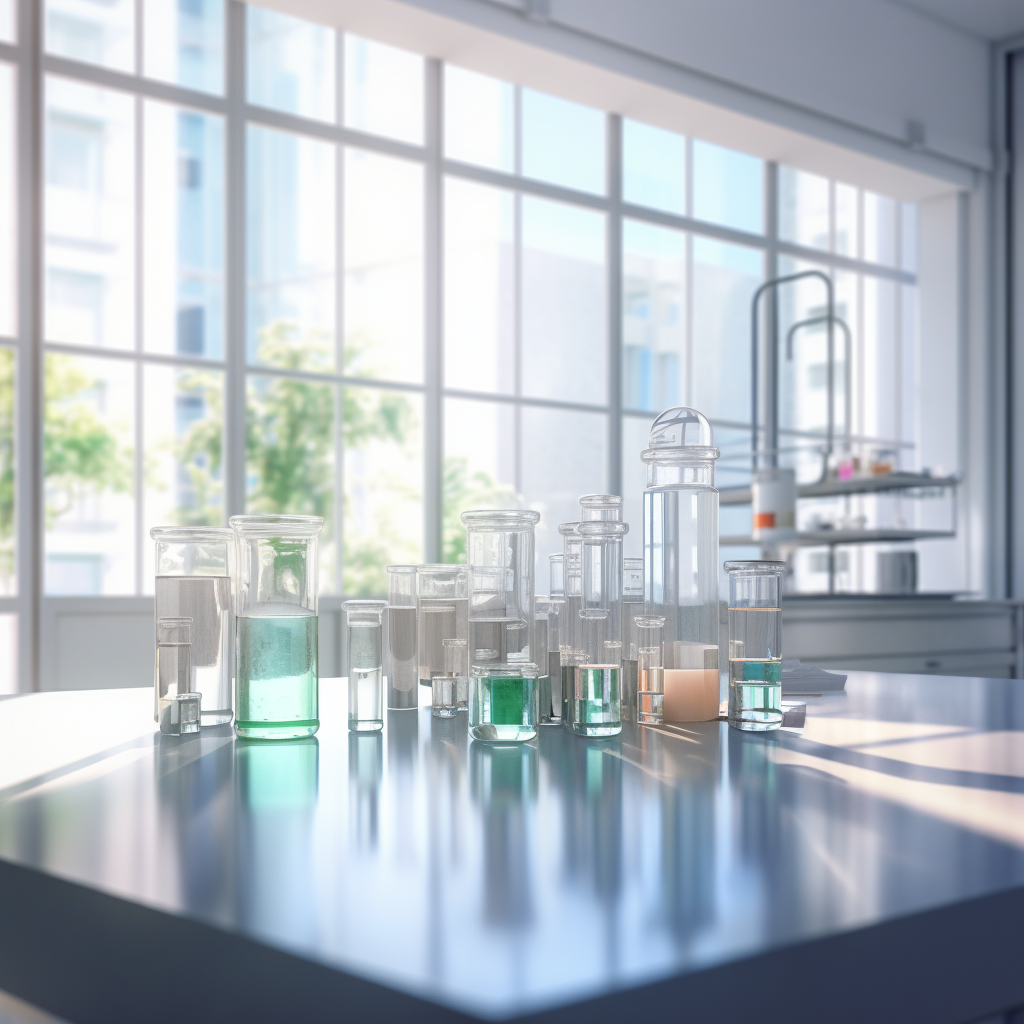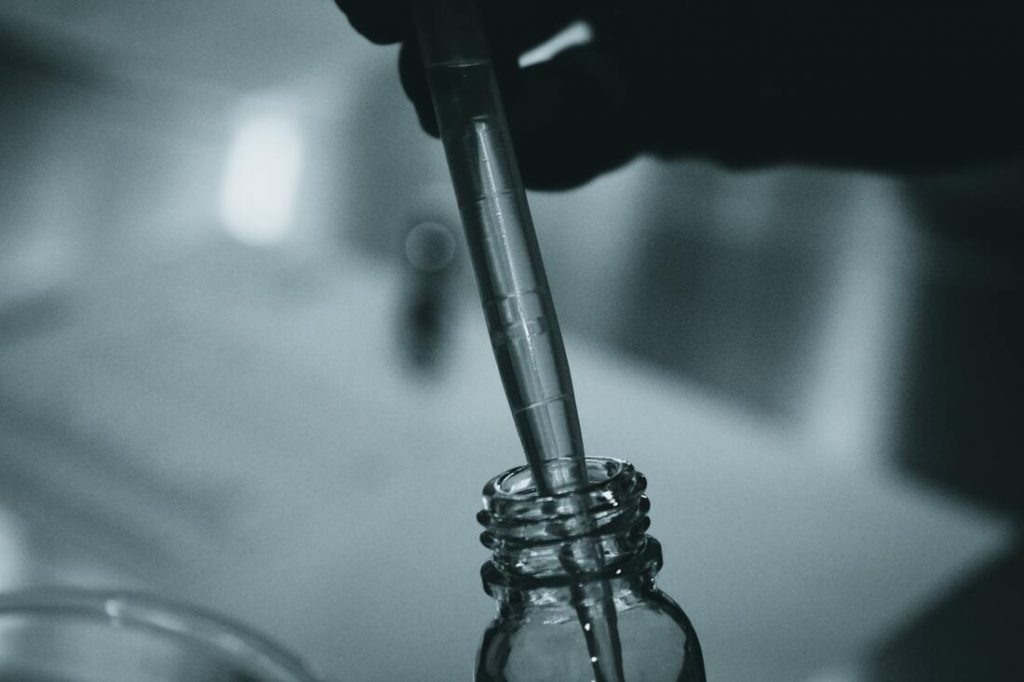Possible Contaminations in Ethanol

Contaminations in Ethanol
Possible contaminations in ethanol are abundant. Did you know that some notorious micro-organisms threaten to stop the production process?
In the article below, you’ll learn about those microbes. And strategies on how you can eradicate them. But first.
What is Ethanol?
Grain or ethyl alcohol is a colorless, volatile, and flammable solvent. Using yeast and lactobacilli, you can get that liquid naturally through corn, beet, sugarcane, or barley fermentation. Alternatively, manufacturers make the product by ethylene hydration and a solid silicone dioxide catalyst coated with phosphoric acid.
The solvent ethanol has an impeccable dissolving capacity for both polar and non-polar compounds. For that reason, many industries use alcohol as a key ingredient in various manufacturing processes.
Botanical oil companies performing various methods of solvent extraction rely on 190-proof or 200-proof ethanol to refine the crude extract once the initial extraction has been executed. This step, known as winterization, is vital to creating a quality product.
Winterization is a purification process that removes fats, waxes, and lipids from the highly concentrated cannabinoid extract.
Apart from the solvent’s efficiency, users also save costs since alcohol is recyclable when heated. Moreover, they also get to maintain high purity standards.
What are the Possible Contaminants in Ethanol?
Contaminants in Wine Fermentation
Possible contaminations in Ethanol, spoilage bacteria, such as lactic acid bacteria (LAB) and some yeast cells, diminish the aroma and taste of wine. Most of that contamination comes from unsterilized grapes and grape juice containers. Consequently, the micro-organisms attach and colonize those items, thus ruining the fermented drink.
For example, the notorious yeast cell called D. bruxellensis got from damaged grapes in vineyards is a common wine impurity. That microbe metabolizes p-coumaric acid into 4-ethylphenol. And when that volatile metabolite accumulates in the raw material, there is the production of an unpleasant smell.
Contaminants in Alcohol Brewing
The main impurities in alcohol manufacturing arise from the biomass and brewhouse vessels. Some contaminants also enter the final product during the canning, bottling, and kegging process. The main micro-organisms include Lactobacillus brevis, acetic acid, and obligately anaerobic bacteria.
The Lactobacillus brevis bacteria are resistant to the acidity in the alcohol during the fermentation process. And that’s why the microbe spoils most of your product. Consequently, your beer will have a terrible aroma, flavor, and increased turbidity.
Beer raw materials such as hops, barley, or malt may have fungal mycotoxins such as aflatoxin and ochratoxin. Those toxic products can survive high temperatures and water. And because of that resistance, you risk endangering the health of your customers.
There’s a plant disease that affects barley plants called fusarium head blight. That micro-organism causes stunted growth in the plant stock and infects high-quality barley when malting. Thus reducing the industry’s output and causing massive losses.
Possible Contaminants in Ethanol: Fuel Ethanol
The bulk of micro-organisms causing alcohol impurities are yeast and bacteria. Both microbes compete for sugars and other nutrients in the cane or molasses raw materials. Consequently, those germs decrease the alcohol extracted and increase lactic and acetic acid accumulation.
In Brazil, D. bruxellensis is the primary yeast contaminant. On the other hand, Dekkera spp causes most losses in ethanol fermentation in the USA, Canada and Europe. Notably, those microorganisms cause over a 90% decrease in ethanol yield. And other effects, such as lower productivity and residual sugar accumulation, diminish the end-product quality.
L. fermentum is a bacterium known to break down glucose and fructose into mannitol, lactate and acetate. Those by-products then reduce the activity of the critical fermenting yeast cell known as S. cerevisiae. The contaminants then reduce the yeast cells’ growth rate, sugar consumption and final ethanol yield.

How Can You Control the Contaminations in Ethanol?
- You can use chemicals such as acids and bases.
- Use natural antimicrobial compounds and bacteriocins derived from plants and animals.
- Some processors control the pathogenic yeast and bacteria using bacteriophages and endolysins.
- You can apply genetic improvement technology to yeast cells and thus resist harsh fermentation conditions.
- Improve substrate quality using the ozone treatment disinfection method.
- You can utilize a membrane bioreactor in fermentation.
Why is Ethanol Useful?
Manufacturing Alcoholic Beverages.
Research shows that consumption of moderate amounts of ethanol enhances sociability and happiness. Beer companies use that solvent as the fundamental additive to make vodka, gin, and whiskey drinks.
Winemakers use alcohol to speed up the fermentation process. And that technique gives the end-product an irresistible taste and a better aroma.
Manufacturing Ethanol-based Gasoline.
Cars such as Ford, Chevrolet, and Honda use a mixture of ethanol and gasoline called E-10 and E-85. Manufacturers call those vehicles FFVs (Flexible Fuel Vehicles).
That energy source gives the engines anti-knocking properties and enhances drivability because of the high-octane levels. Additionally, you’ll protect the environment from air pollution and avoid the surging oil prices.
Manufacturing Cleaning Agents
Ethanol has antibacterial properties that prevent the spread of viruses, bacteria and fungi killing contaminations in ethanol. The solvent confers that benefit by damaging the cell wall proteins of those microbes. Consequently, the germs cannot regulate water intake, causing them to swell up, burst and die.
People use the solvent to manufacture antiseptics. And through those products, they clean metal, plastic and glass surfaces without damaging them. Moreover, alcohol does an excellent job of removing grease and ink stains without leaving streaks on surfaces.
Manufacturing Beauty Products
Cosmetics are more effective when you add ethanol to the ingredients. Why? The solvent helps thin the formulations, thus allowing better penetration and adherence to the skin. You need to ensure there are no contaminations in ethanol.
Makeup artists also use alcohol-based astringents. And those products aid in skin toning by restoring keratin proteins. Therefore, you get smooth skin and reduce your risk of acne infections.
Conclusion
Alcohol is a universal solvent with many uses. However, the production process has many hurdles.
For example, pathogenic bacteria and yeast contaminate the plant stock manufacturers use in the fermentation process. Consequently, wine products turn foul, beer quality reduces, and the fuel ethanol yield diminishes.
You can use natural antibacterial agents, improve yeast cells genetically, or disinfect substrates to combat the contaminations in ethanol. Those measures will help maintain production, as many industries use ethanol. Examples include the fuel, beauty, and beverage companies.
